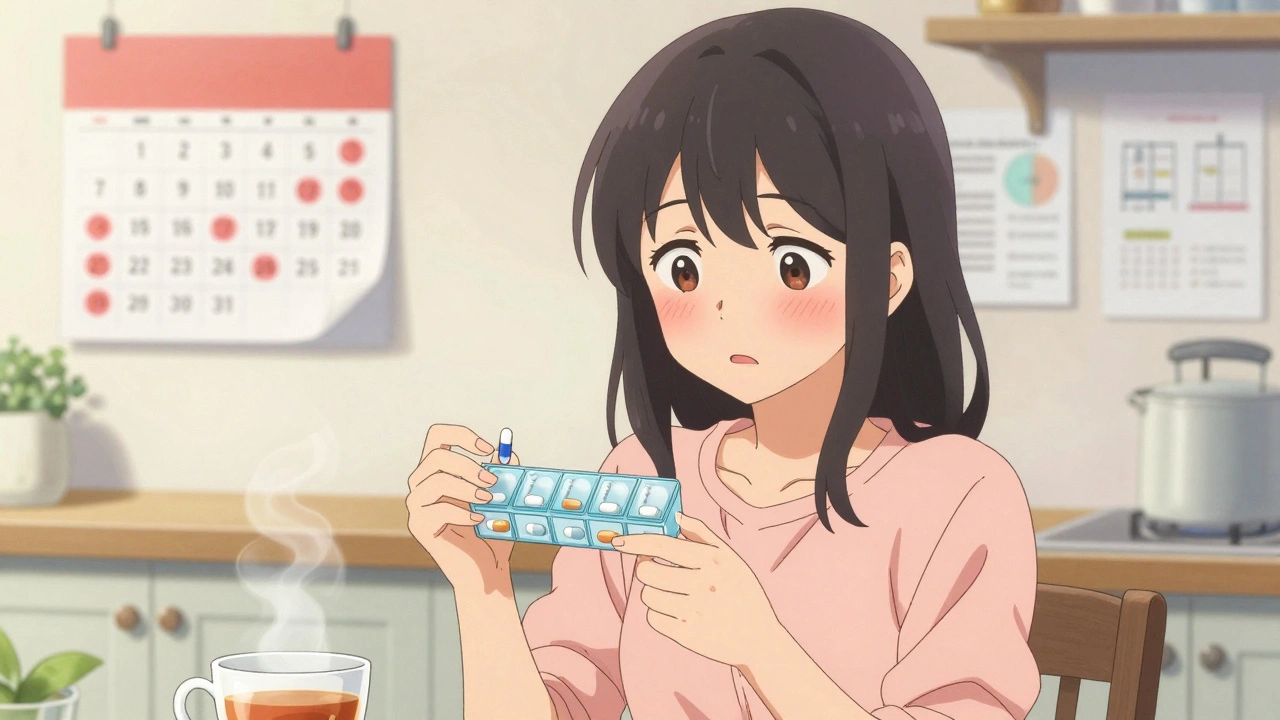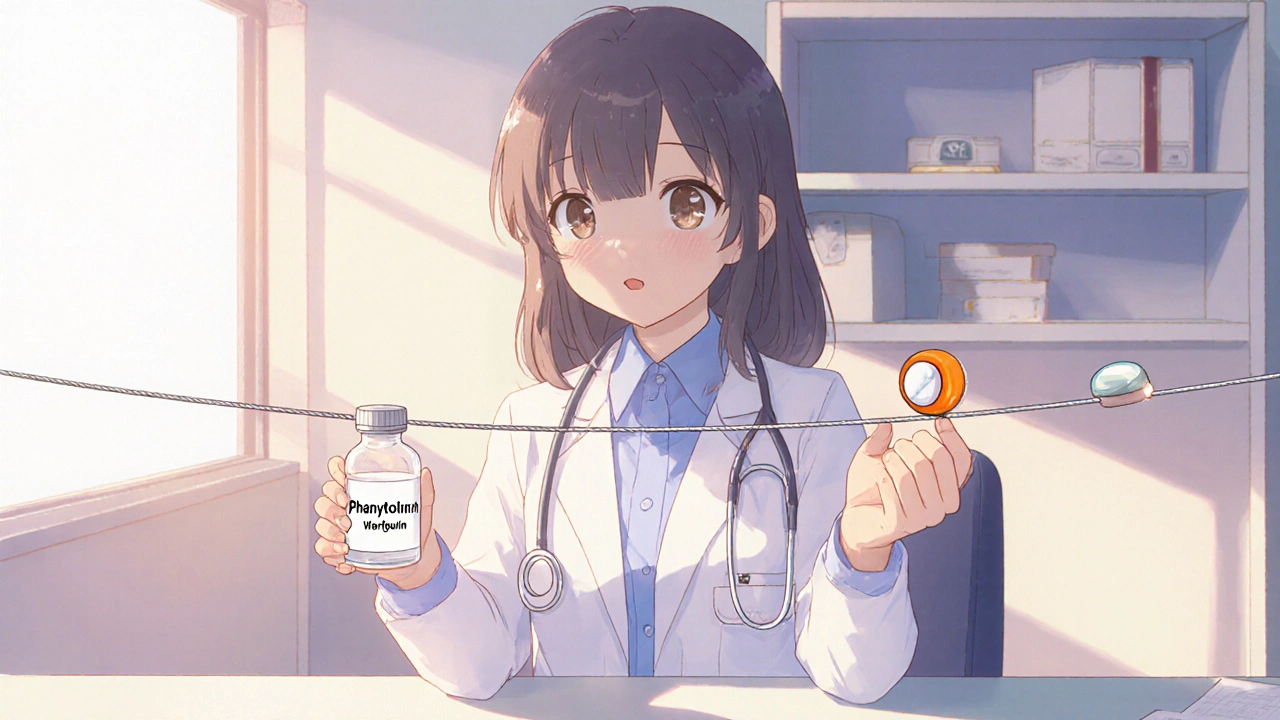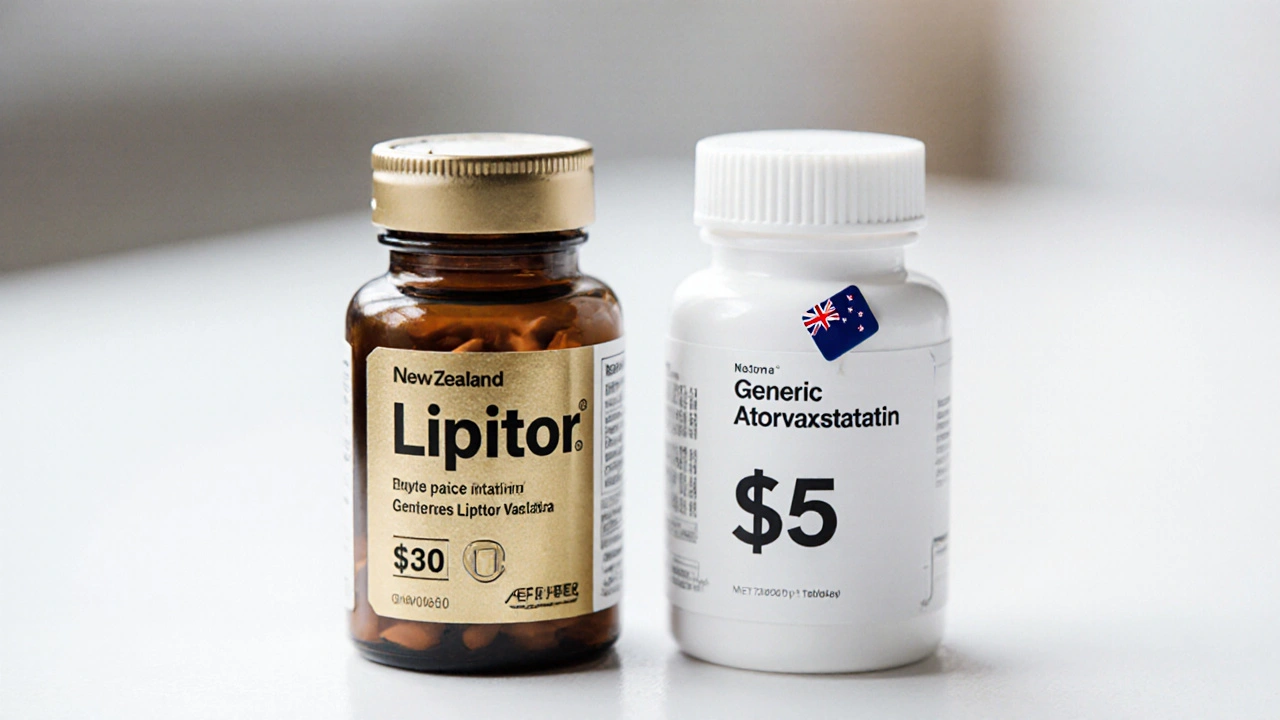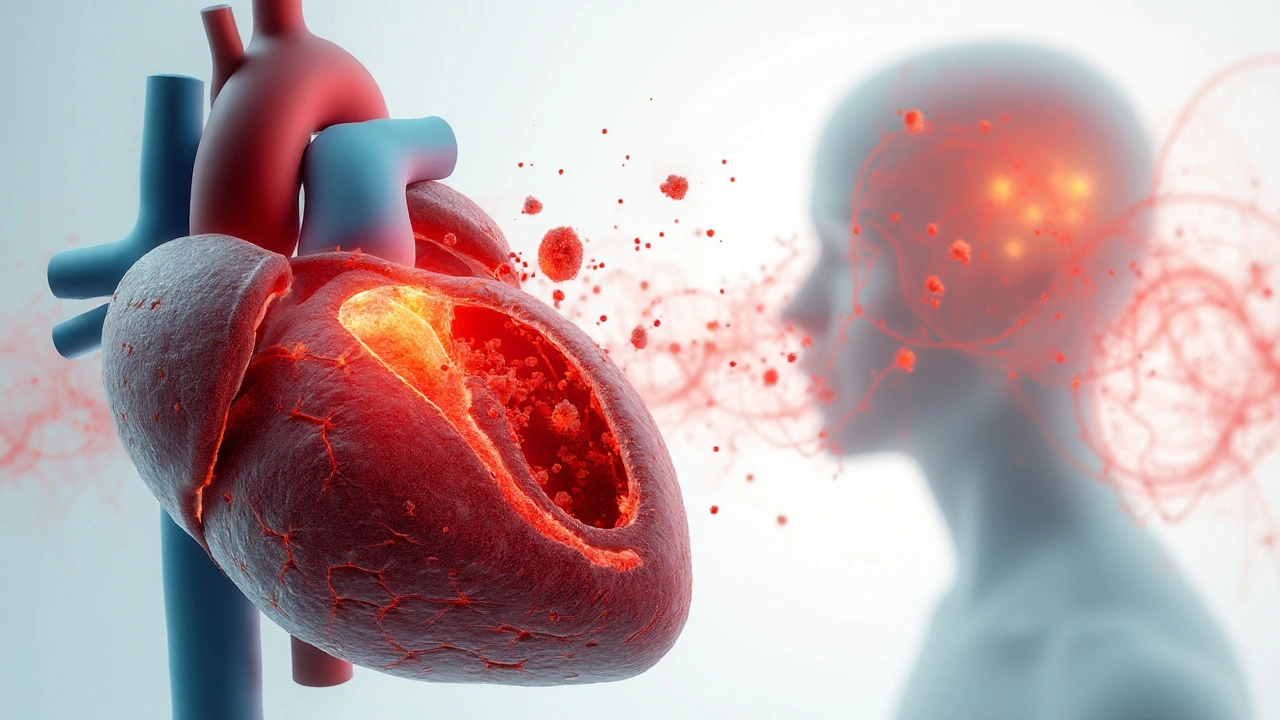Heart Health: Simple Steps, Real Meds, Real Risks
Keeping your heart in good shape doesn’t need a medical degree. A few everyday habits, a clear picture of the medicines you might need, and an understanding of common heart problems can make a big difference. Below you’ll find quick advice on lifestyle, medication basics like Nadolol, and what to watch for with conditions such as atrial fibrillation.
Everyday habits that actually work
First, let’s talk about what you can change right now. Cutting sugary drinks, moving for at least 30 minutes a day, and getting 7‑8 hours of sleep are all backed by real data. Even small steps—taking the stairs instead of the elevator, swapping a salty snack for a handful of nuts—add up over weeks and months. Keep a short log of what you eat and how much you move; the visual reminder helps you stay on track.
Stress is another hidden enemy. When you feel tense, try a breath‑counting exercise: inhale for four counts, hold for four, exhale for four, and repeat a few times. It’s simple, takes no equipment, and lowers heart‑rate spikes that can wear on arteries over time.
Medications you might encounter
For many people, medicine is part of a heart‑health plan. Two common categories show up often: beta‑blockers and anticoagulants. Nadolol, a beta‑blocker, slows your heart rate and reduces blood pressure, which can protect the heart after a heart attack or in uncontrolled hypertension. If you need it, you’ll get a prescription, and you might wonder how to get it safely online, especially if you’re in New Zealand. Look for licensed pharmacies, verify the pharmacy’s registration number, and never skip the doctor’s paperwork—home delivery is convenient, but it’s only safe when the source is legit.
Atrial fibrillation (AFib) is another frequent issue. The irregular rhythm can cause blood clots that travel to the brain and cause a stroke. Doctors often prescribe blood thinners like warfarin or newer agents such as apixaban to keep clots from forming. Knowing your CHA₂DS₂‑VASc score—basically a checklist of age, blood pressure, diabetes, and other factors—helps you understand whether you need an anticoagulant. If you’re diagnosed, your doctor will give you a clear plan: medication, lifestyle tweaks, and regular check‑ups.
Both Nadolol and blood thinners have side‑effects. Nadolol may cause fatigue or cold hands; blood thinners increase bleeding risk, especially if you cut yourself or have surgery. Always tell your healthcare provider about other meds, supplements, or herbal products you take. Even common items like vitamin K‑rich greens can affect anticoagulant levels.
When you’re filling a prescription, ask the pharmacist about cost‑saving options. Many insurance plans cover generic beta‑blockers, and some pharmacies offer discount cards for blood thinners. If a drug is out of stock, ask for an equivalent—sometimes a different beta‑blocker works just as well, but you’ll need a doctor’s approval.
Finally, keep an emergency plan. Write down the name of every heart‑related medication you’re on, dosage, and when you last took it. Share this list with a family member or friend. If you ever feel chest pain, sudden shortness of breath, or notice an irregular heartbeat that’s new, call emergency services right away.
Heart health isn’t a one‑off project; it’s a series of small, consistent actions. Pair the habits above with the right medication guidance, and you’ll give your heart the best chance to stay strong for years to come.
Erectile Dysfunction Medications: Nitrates and Alpha-Blocker Risks
Erectile dysfunction medications like Viagra and Cialis can be dangerous when mixed with nitrates or alpha-blockers, causing life-threatening drops in blood pressure. Learn the risks, who should avoid them, and safer alternatives.
Proton Pump Inhibitors with Antiplatelets: How to Reduce GI Bleed Risk
Proton pump inhibitors can reduce GI bleeding risk by up to 37% in patients on antiplatelet therapy. Learn which PPIs to use, who needs them, and how to avoid dangerous mistakes.
Phenytoin & Warfarin Interaction: How to Manage the Biphasic Effect
A deep‑dive into the phenytoin‑warfarin interaction, covering protein displacement, enzyme induction, INR monitoring, dose adjustments and practical management tips.
Azilsartan Medoxomil: Key Benefits for Controlling Hypertension
Explore how azilsartan medoxomil works, its key benefits, safety profile, and how it stacks up against other ARBs for effective hypertension management.
Buy Cheap Generic Lipitor Online - Safe Options for 2025
Learn how to safely buy cheap generic Lipitor online in 2025. Get legal tips, reputable pharmacy options, pricing, and a step‑by‑step guide for NewZealand residents.
How and Where to Buy Nadolol Online Safely in New Zealand (2025 Guide)
Need Nadolol in NZ? Here’s how to buy it online legally, what it costs, the paperwork you’ll need, safer pharmacy checks, and what to do if it’s out of stock in 2025.
Atrial Fibrillation and Embolism: What Causes Clots, Stroke Risk, and How to Prevent It
Why AFib leads to clots, how embolism causes stroke, who needs blood thinners, and how to cut risk-simple steps, evidence-backed tips, and clear checklists.






